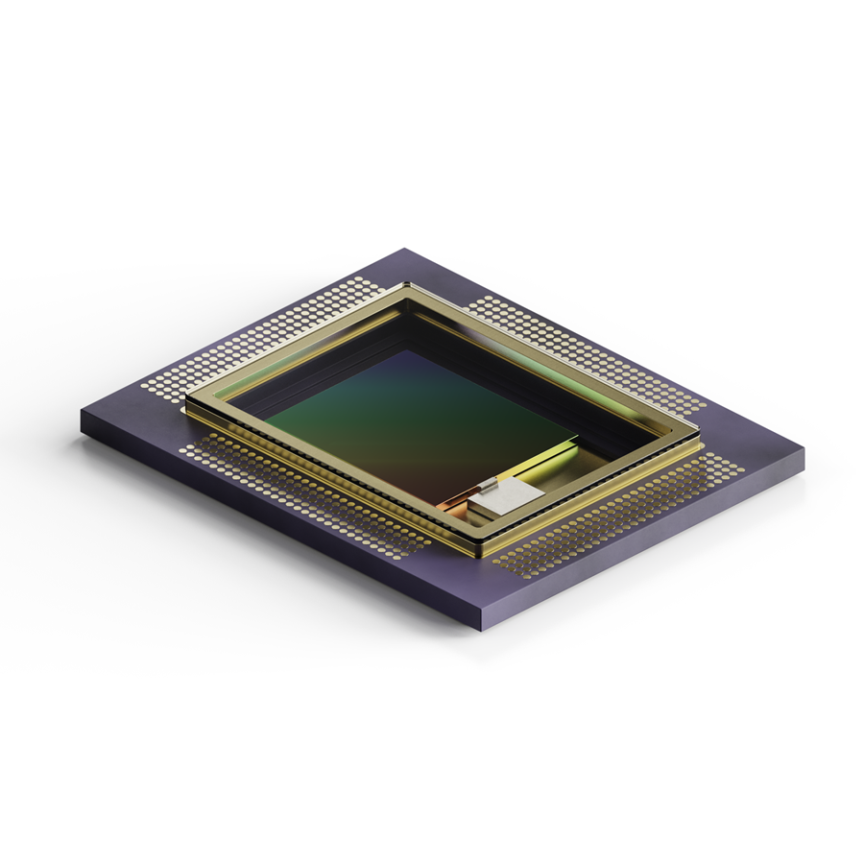Astronomers using NASA's Hubble Space Telescope have taken a photograph of the 'Pillars of Creation' − an iconic image showing columns of interstellar gas and dust in the Eagle Nebula, some 7,000 light years from Earth − but with a sharper focus and wider view than the first time it was imaged in 1995.
To celebrate the Hubble's upcoming 25th anniversary in April, astrononmers photographed the structures using near-infrared light, which can penetrate through gas and dust to reveal more details about the star-forming region, and even provide a better understanding of how our Sun was formed.
The Pillars of Creation photograph taken in 1995 shows three giant columns of cold gas bathed in the scorching ultraviolet light from a cluster of young, massive stars in a small region of the Eagle Nebula. It has has appeared in movies and television shows, on tee-shirts and pillows, and even on a postage stamp.
The 2014 pictures were unveiled at the American Astronomical Society meeting in Seattle, Washington, which took place on 4-8 January.
When astronomers used Hubble to make the initial observations of the small cluster of stars, Eagle Nebula, in 1995, the first features that jumped out were the streamers of gas seemingly floating away from the columns. Astronomers had previously debated what effect nearby massive stars would have on the surrounding gas that occurs when new stars form.
‘There is only one thing that can light up a neighbourhood like this: massive stars kicking out enough horsepower in ultraviolet light to ionise the gas clouds and make them glow,’ said Paul Scowen of Arizona State University. ‘Nebulous star-forming regions like [Eagle Nebula] are the interstellar neon signs that say, "We just made a bunch of massive stars here". This was the first time we had directly seen observational evidence that the erosionary process, not only the radiation but the mechanical stripping away of the gas from the columns, was actually being seen.’
The infrared image taken in 2014 shows that the reason the pillars exist is because the very ends of them are dense, and they shadow the gas below them, creating the long, pillar-like structures. The gas in between the pillars has long since been blown away by the ionising winds from the central star cluster located above the pillars.
By comparing the 1995 and 2014 pictures (see image below), astronomers also noticed a lengthening of a narrow jet-like feature that may have been ejected from a newly forming star. The jet looks like a stream of water from a garden hose. Over the intervening 19 years, this jet has stretched farther into space, across an additional 60 billion miles, at an estimated speed of about 450,000 miles per hour.

The bigger and sharper photograph of the iconic Eagle Nebula's 'Pillars of Creation' (right); the original 1995 Hubble image is shown at left. Credit: NASA/ESA/Hubble Heritage Team, Hester P Scowen
According to the astronomers, our Sun probably formed in a similar turbulent star-forming region. There is evidence that the forming solar system was seasoned with radioactive shrapnel from a nearby supernova. That means that our Sun was formed as part of a cluster that included stars massive enough to produce powerful ionising radiation, such as is seen in the Eagle Nebula. ‘That's the only way the nebula from which the Sun was born could have been exposed to a supernova that quickly... because supernovae only come from massive stars, and those stars only live a few tens of millions of years,’ Scowen explained. ‘What that means is when you look at the environment of the Eagle Nebula or other star-forming regions, you're looking at exactly the kind of nascent environment that our Sun formed in.’
Related stories
Infrared spectrometer sent into space to analyse asteroid
Further information


